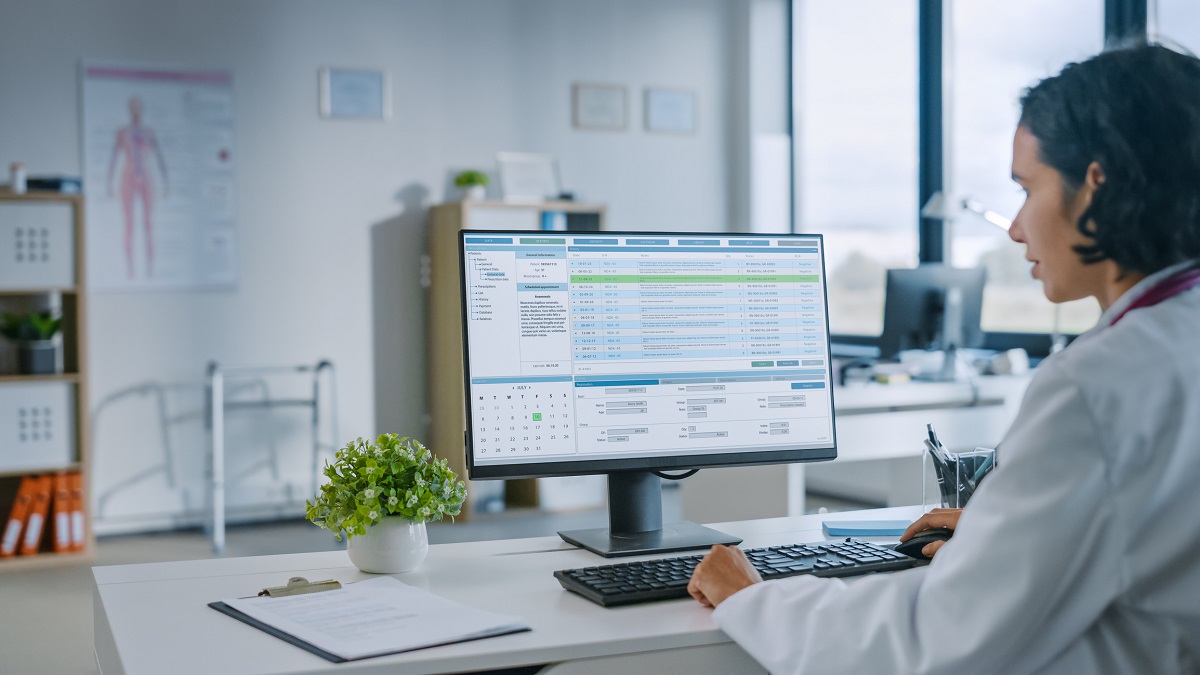How an EDC System Saves Costs in Clinical Trials

Please contact us at info@klindat.com if you need an EDC system for your clinical trial
Electronic Data Capture (EDC) systems have revolutionized the way clinical research and pharmaceutical drug development are conducted.
These systems streamline the data capture process, eliminate manual data entry errors, and provide real-time access to data, leading to improved efficiency and cost savings.
However, implementing an EDC system also requires a financial commitment.
In this article, we will delve into the financial implications of adopting an EDC system, exploring the initial costs, long-term savings, and return on investment (ROI).
Understanding the EDC System Costs
EDC Software Fees
Implementing an EDC system comes with both direct and indirect expenses.
The direct costs include purchasing or licensing the EDC software.
Nowadays, most EDC software vendors sell their products under a fixed monthly fee, which is in the range of $1,500 – $6,000 per month, depending on the type of system and study size.
Based on this, a mid-range EDC system, costing about $2,000 per month, for a 24-month study, would mean a total investment of $48,000, just in software.
Initial EDC Specification and Implementation
Another important initial investment is the work of specifying and implementing data forms, as well as data validation mechanisms (automatic queries), which requires the dedication of an experienced data manager.
EDC systems often require customization to fit the specific needs of a clinical trial and organization.
The level of customization required and the flexibility of the system can influence the additional costs incurred.
EDC System Testing and Validation
Before an EDC system can be used in the real-life production environment, it needs to be tested and validated.
Study-specific EDC testing and validation activities require specialized efforts by data managers, constituting an important cost item.
In this stage, data forms and fields are fully tested to ensure they work according to the desired functionality and protocol requirements.
EDC System Integration
EDC systems may need to be integrated with other existing systems such as Clinical Trial Management Systems (CTMS) and safety databases.
The complexity of these integrations can contribute to the initial investment.
EDC System Maintenance and Upgrades
Additionally, costs may be incurred for user training and hiring staff or consultants to manage and maintain the system.
Over time, EDC software will require updates, and hardware may need to be replaced or upgraded.
These maintenance and upgrade costs add to the long-term cost of maintaining an EDC system.
Savings through EDC Implementation
Despite the initial costs, implementing an EDC system can result in significant long-term savings for clinical trials.
Efficient and Precise Data Entry
One of the primary cost-saving advantages is the elimination of manual data entry and the subsequent reduction in data entry errors.
EDC systems automate the data capture process, reducing the time and cost associated with data cleaning, query resolution, and database locking.
This not only improves data quality but also saves valuable resources that can be redirected to other critical aspects of the trial.
Real-Time Data Access
Real-time data access is another key benefit of EDC systems.
Researchers can monitor and analyze data as it is being collected, enabling faster decision-making and potentially reducing the duration of clinical trials.
Less Storage and Logistics Costs
EDC systems reduce the need for physical storage of paper-based records and decrease travel costs for site monitoring, as some amount of monitoring can be performed remotely.
Audit and Inspection Readiness
EDC systems enhance audit readiness by providing a clear audit trail of all data changes, facilitating faster and more efficient audits and inspections.
This can potentially save organizations a considerable amount of staff effort and potential non-compliance problems.
Scalability
As clinical trials become more complex and large-scale, EDC systems provide the necessary scalability to efficiently manage and process large volumes of data.
This scalability reduces the cost and time required for manual data management.
Conclusion
While there is a financial commitment required for implementing an EDC system in clinical trials, the long-term savings and return on investment make a compelling case for its adoption.
The benefits extend beyond cost savings, encompassing improved data quality, faster decision-making, and enhanced regulatory compliance.
Clinical trial sponsors considering implementing an EDC system should conduct a thorough cost-benefit analysis, taking into account both tangible and intangible benefits.
When exploring EDC system options, consider the costs of licensing and hosting, customization, integration, maintenance, and upgrade.
By carefully evaluating the costs and benefits, clinical trial sponsors can make informed decisions that ultimately enhance their clinical research endeavors.
Please contact us at info@klindat.com if you need an EDC system for your clinical trial
Share This Post
More To Explore

The Evolution of Electronic Patient-Reported Outcomes (ePRO) and Data Collection
If you need an ePRO solution, please contact us at info@klindat.com In the realm of clinical trials and patient registries, the use of Electronic Patient-Reported

Effective Clinical Database Locks: Ensuring Data Integrity and Reliability
If you need clinical data management services, please contact us at info@klindat.com The integrity and reliability of the data collected in clinical trials are of

